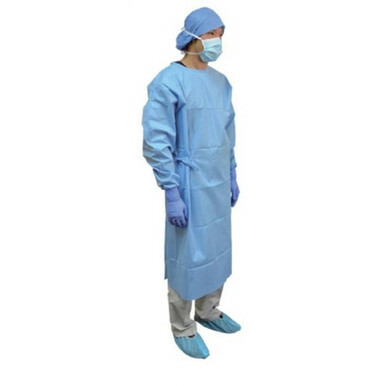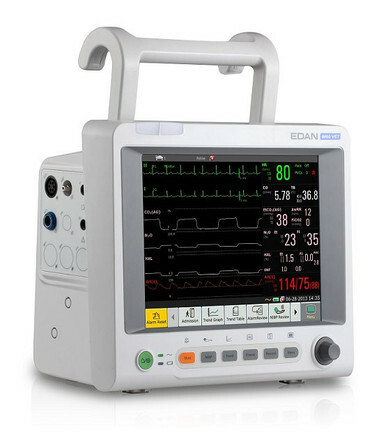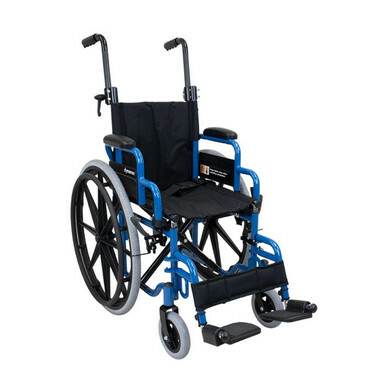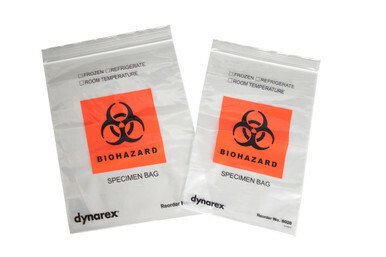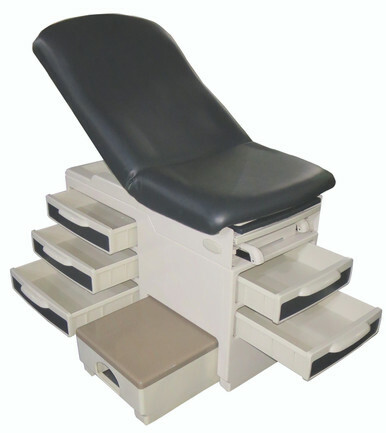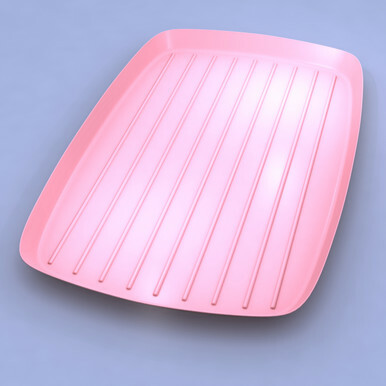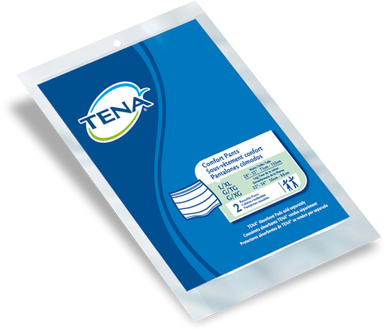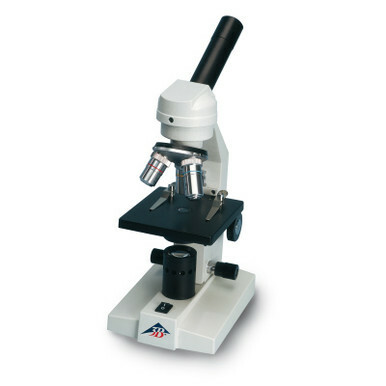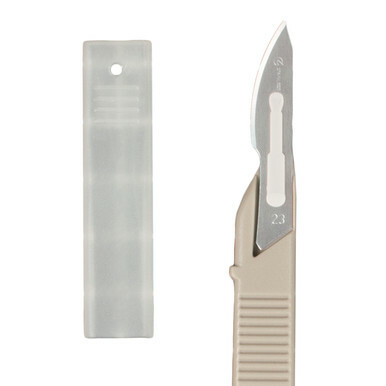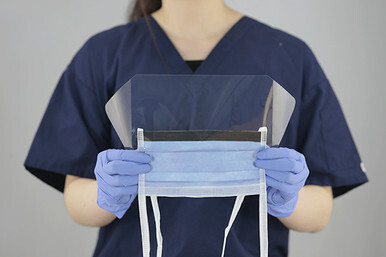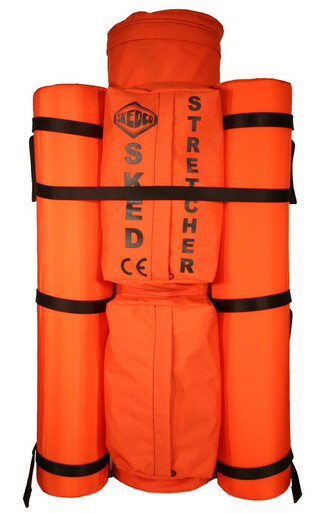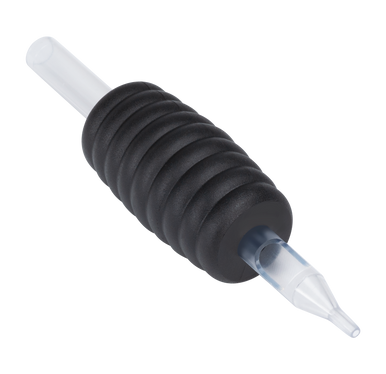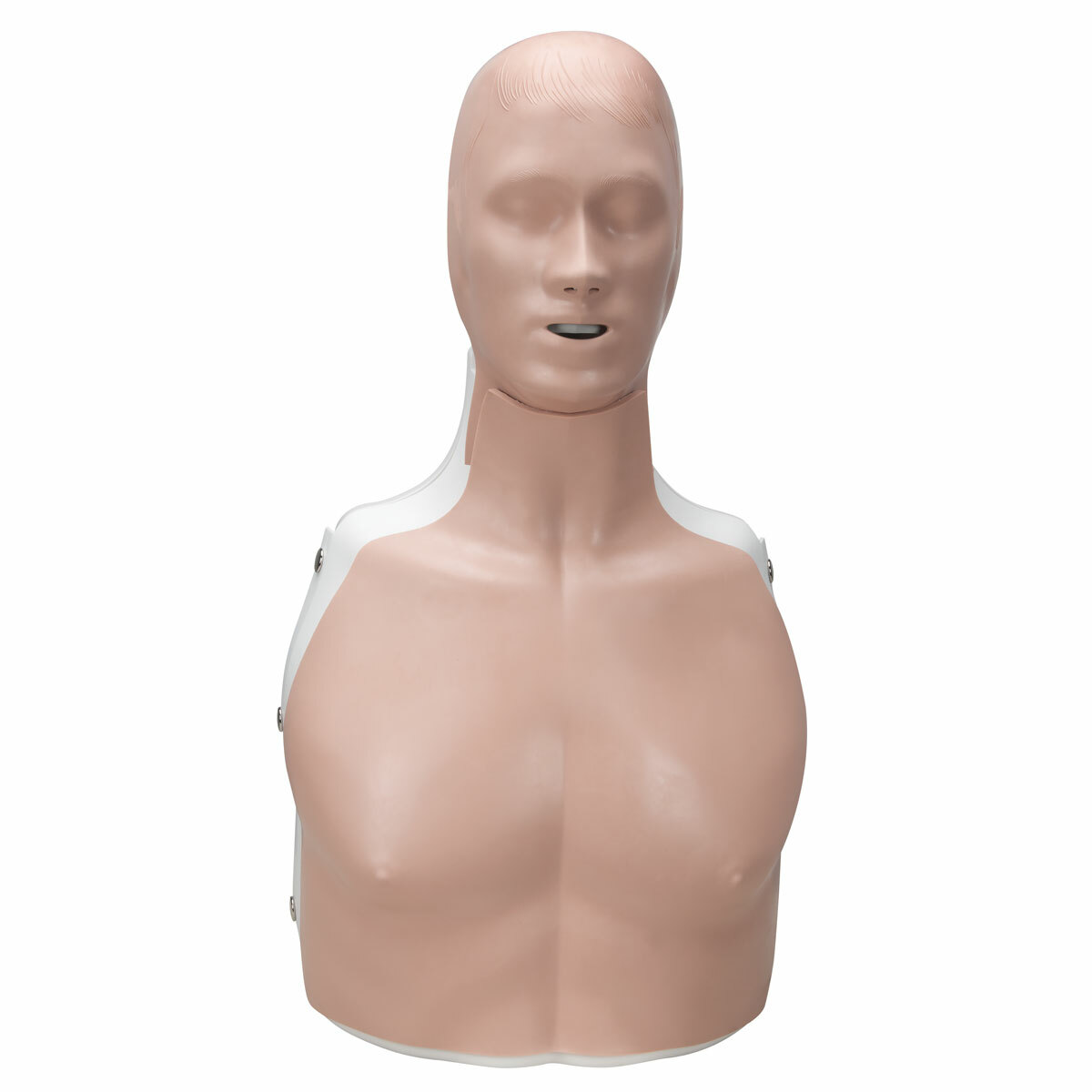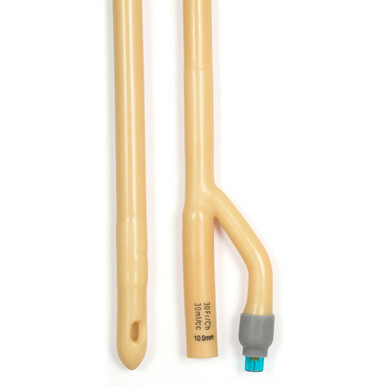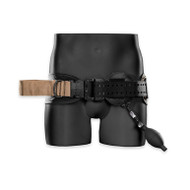The Lifesaving Marvel: Tourniquets in Medical Emergencies
Posted by EMRN on 28th Aug 2023
In the realm of medical emergencies, swift and effective interventions can often mean the difference between life and death. Among the many tools at the disposal of medical professionals and first responders, the tourniquet stands out as a remarkable and potentially lifesaving device. From combat medics on the battlefield to paramedics in urban settings, tourniquets have proved their worth time and again. In this blog post, we'll delve into the world of tourniquets, exploring their history, proper usage, types, and their vital role in any medical supplies arsenal.
A Brief History
Tourniquets have a storied history, with references dating back to ancient times. Originally used to control bleeding during surgical procedures, they gained prominence during wartime, particularly in the 18th and 19th centuries. However, concerns about tissue damage and complications led to a decline in their usage in the early 20th century. It was only in recent decades, with advancements in materials and understanding of proper application, that tourniquets resurfaced as a critical tool for emergency responders.
Understanding Tourniquets
A tourniquet is essentially a constricting band that is applied to a limb to control excessive bleeding from an injury. It works by temporarily stopping blood flow beyond the point of application. While this might seem counterintuitive, tourniquets can be a lifesaver when used correctly and in the right circumstances. They are particularly useful in situations where direct pressure or other methods prove ineffective, such as severe traumatic injuries or amputations.
Proper Usage
While tourniquets can be highly effective, their misuse can lead to serious complications. Here are some key points to remember when using tourniquets:
- Location and Time: Tourniquets should be applied as close to the wound as possible, between the wound and the heart. They should only be left in place for a limited amount of time (usually no more than two hours) to minimize the risk of tissue damage.
- Tightness: A tourniquet needs to be tightened sufficiently to halt blood flow, but not so tight that it causes unnecessary damage to the underlying tissues. Monitoring the patient's pulse beyond the tourniquet is crucial to ensure proper tightness.
- Communication: When medical professionals or first responders arrive on the scene, it's crucial to communicate the presence of a tourniquet. This information can impact the treatment plan and decisions made by the medical team.
Types of Tourniquets
Tourniquets come in various designs, each with its own advantages and disadvantages. Some common types include:
- Windlass Tourniquets: These feature a windlass rod that can be twisted to increase pressure, effectively constricting blood flow. They are highly adjustable and suitable for various limb sizes.
- Ratchet Tourniquets: These use a ratcheting mechanism to tighten the band, allowing for precise pressure adjustment.
- Elastic Tourniquets: Made from elastic materials, these tourniquets are quick and easy to apply. They are often used in situations where rapid deployment is critical.
Conclusion
In the world of medical supplies, tourniquets stand as a testament to human ingenuity and adaptability. From their historical origins to their modern-day applications, tourniquets have undergone significant evolution, making them an indispensable tool in the fight against life-threatening bleeding. Proper training in tourniquet usage and a well-equipped medical kit can empower first responders, medical professionals, and even laypersons to step in during emergencies and save lives. Remember, while tourniquets can be powerful allies, they should always be used judiciously and with an understanding of their potential benefits and risks.


























